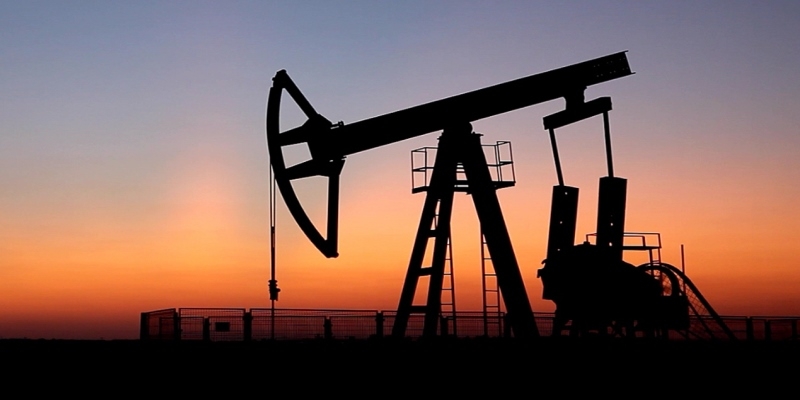Global Petroleum Survey 2015

This report presents the results of the Fraser Institute’s 9th annual survey of petroleum industry executives and managers regarding barriers to investment in oil and gas exploration and production facilities in various jurisdictions around the globe. The survey responses have been tallied to rank provinces, states, other geographical regions (e.g. offshore areas) and countries according to the extent of such barriers. Those barriers, as identified by the survey respondents, include high tax rates, costly regulatory obligations, uncertainty over environmental regulations and the interpretation and administration of regulations governing the “upstream” petroleum industry, and concerns with regard to political stability and security of personnel and equipment.
A total of 439 respondents participated in the survey this year, providing sufficient data to evaluate 126 jurisdictions.
The jurisdictions were assigned scores with respect to each of 16 questions pertaining to factors known to affect investment decisions. The scores are based on the proportion of negative responses a jurisdiction received with regard to each question. The greater the proportion of negative responses for a jurisdiction, the greater were its perceived investment barriers and, therefore, the lower its ranking. This ranking is used to generate a Policy Perception Index. Jurisdictions are then sorted into clusters based on the size of their proved reserves allowing for an apples-to-apples comparison of policy perception in the context of available reserves.
Of 14 jurisdictions with large petroleum reserves, the five that rank as most attractive/least deterrent to investment are Texas, United Arab Emirates, Alberta, Qatar, and Kuwait. The five least attractive of the large-reserve jurisdictions for investment on the basis of their Policy Perception Index scores (Libya, Venezuela, Russia—Other, Iran, and Iraq) account for over half of the proved oil and gas reserves all the jurisdictions included in the survey. Alberta is the only Canadian jurisdiction with large reserve holdings.
In the group of 38 jurisdictions with medium-sized reserves, the 10 most attractive jurisdictions are: Oklahoma, North Dakota, Norway—North Sea, West Virginia, Louisiana, Norway—Other, Wyoming, US Offshore—Gulf of Mexico, United Kingdom—North Sea, and Pennsylvania. Syria, Ecuador, Ukraine, Indonesia, and Yemen, appear to pose the greatest barriers to upstream investment among medium reserve-size holders.
The only Canadian jurisdiction in this group is British Columbia which ranks 17th (of 38).
Of 66 jurisdictions with relatively small proved oil and gas reserves, the top 10 performers are Netherlands—Offshore, Alabama, Mississippi, Kansas, Arkansas, Saskatchewan, Manitoba, South Australia, New Zealand, and Montana. Those in this group deemed the least attractive for investment on the basis of poor Policy Perception Index scores are: US Offshore—Pacific, Bangladesh, Timor Gap (JPDA), Myanmar, and Argentina—Mendoza. Ontario, Nova Scotia, New Brunswick, Yukon and the Northwest Territories each rank near the middle of the small reserve holder group.
When considering policy independently from the size of jurisdictions’ reserves, historically the primary focus of this survey, we find that the jurisdictions with Policy Perception Index scores in the first quintile, suggesting that obstacles to investment are lower than in all other jurisdictions assessed by the survey, are all located in Canada, the United States, and Europe. According to this year’s survey, the 10 most attractive jurisdictions for investment worldwide are Netherlands—Offshore, Alabama, Oklahoma, Texas, Mississippi, Kansas, Arkansas, Saskatchewan, North Dakota, and Manitoba. All of these jurisdictions were among last year’s top 10 most attractive jurisdictions with the exception of Netherlands—Offshore. The only jurisdiction displaced from the top 10 was Wyoming.
The 10 least attractive jurisdictions for investment (starting with the worst) are: Libya, Venezuela, Syria, Ecuador, US Offshore—Pacific, Russia—Other, Bangladesh, Quebec, Ukraine, and Timor Gap (JPDA).
Analysis of the 2015 results indicates that the extent of negative sentiment with regard to factors driving petroleum investment decisions (disregarding the extent of proved oil and gas reserve holdings) decreased in most world regions. The United States continues to remain as the most attractive region in the world for investment, followed by Canada, which surpassed Australia to become the second most attractive region in the world for upstream petroleum investment.
Authors:
More from this study
Subscribe to the Fraser Institute
Get the latest news from the Fraser Institute on the latest research studies, news and events.



